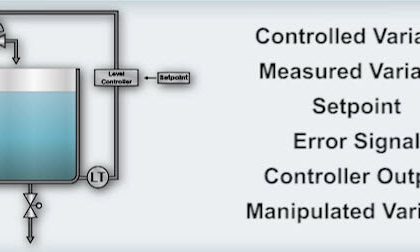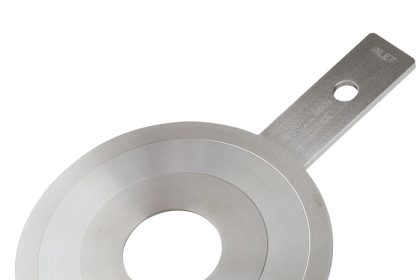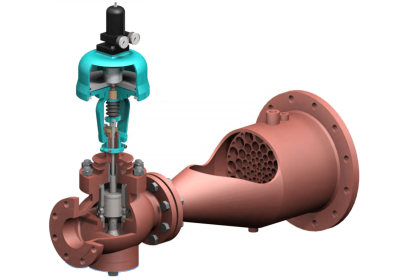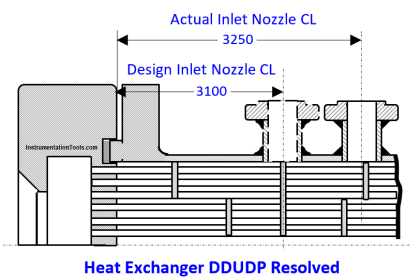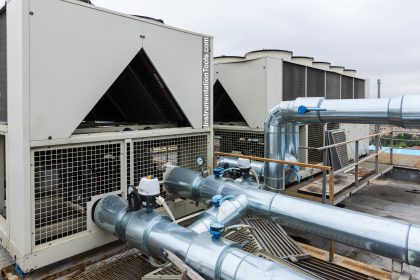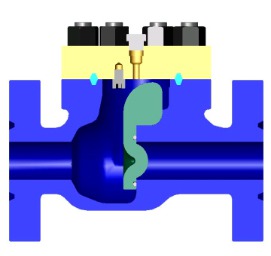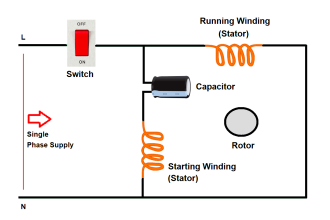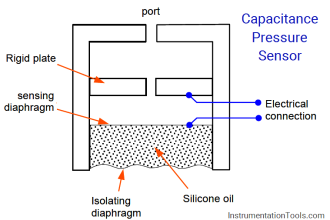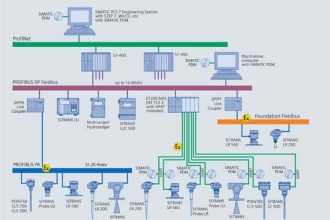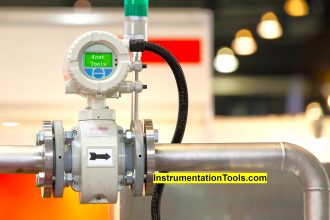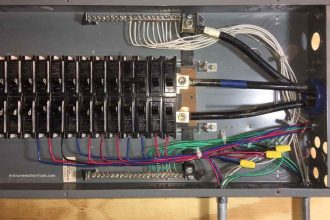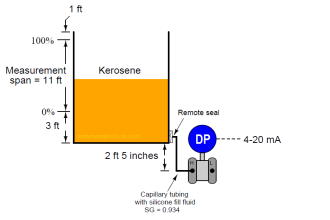Air compressors of various designs are used widely in numerous applications. Compressed air has numerous uses throughout a facility including the operation of equipment and portable tools.
Three types of designs include
Rotary Compressors
The rotary compressor is adaptable to direct drive by induction motors or multi-cylinder gasoline or diesel engines. The units are compact, relatively inexpensive, and require a minimum of operating attention and maintenance. They occupy a fraction of the space and weight of a reciprocating machine of equivalent capacity. Rotary compressor units are classified into three general groups, slide vane-type, lobe-type, and liquid seal ring-type.
The rotary slide vane-type, as illustrated in Figure 3, has longitudinal vanes, sliding radially in a slotted rotor mounted eccentrically in a cylinder. The centrifugal force carries the sliding vanes against the cylindrical case with the vanes forming a number of individual longitudinal cells in the eccentric annulus between the case and rotor. The suction port is located where the longitudinal cells are largest. The size of each cell is reduced by the eccentricity of the rotor as the vanes approach the discharge port, thus compressing the air.
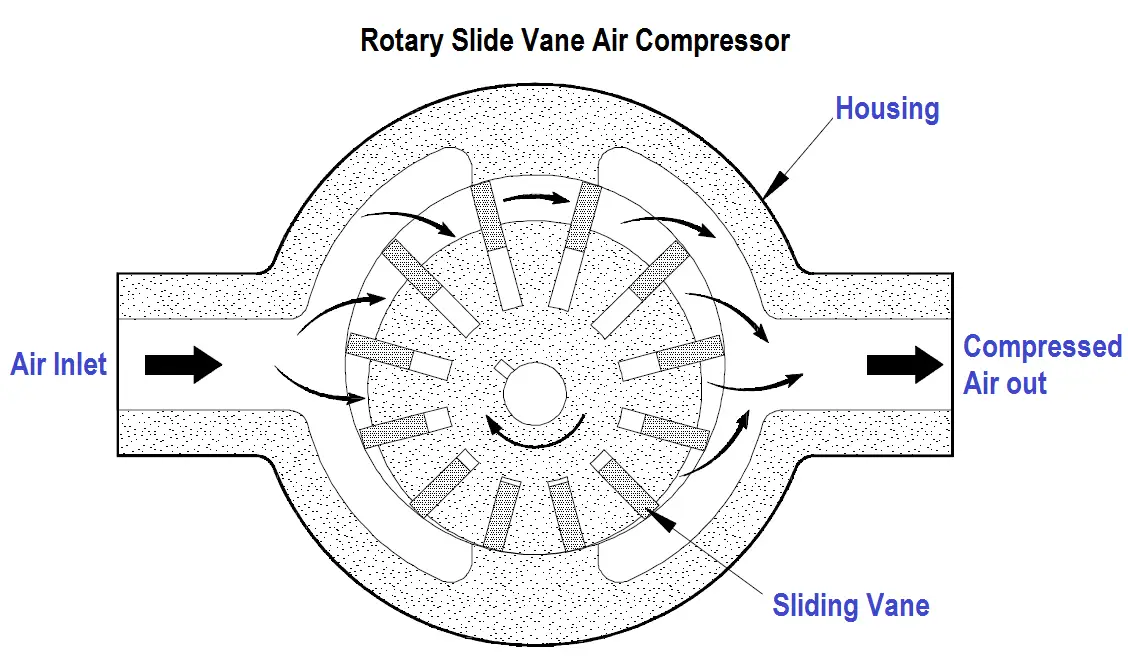
Figure 3 Rotary Slide Vane Air Compressor
The rotary lobe-type, illustrated in Figure 4, features two mating lobe-type rotors mounted in a case. The lobes are gear driven at close clearance, but without metal-to-metal contact. The suction to the unit is located where the cavity made by the lobes is largest. As the lobes rotate, the cavity size is reduced, causing compression of the vapor within. The compression continues until the discharge port is reached, at which point the vapor exits the compressor at a higher pressure.
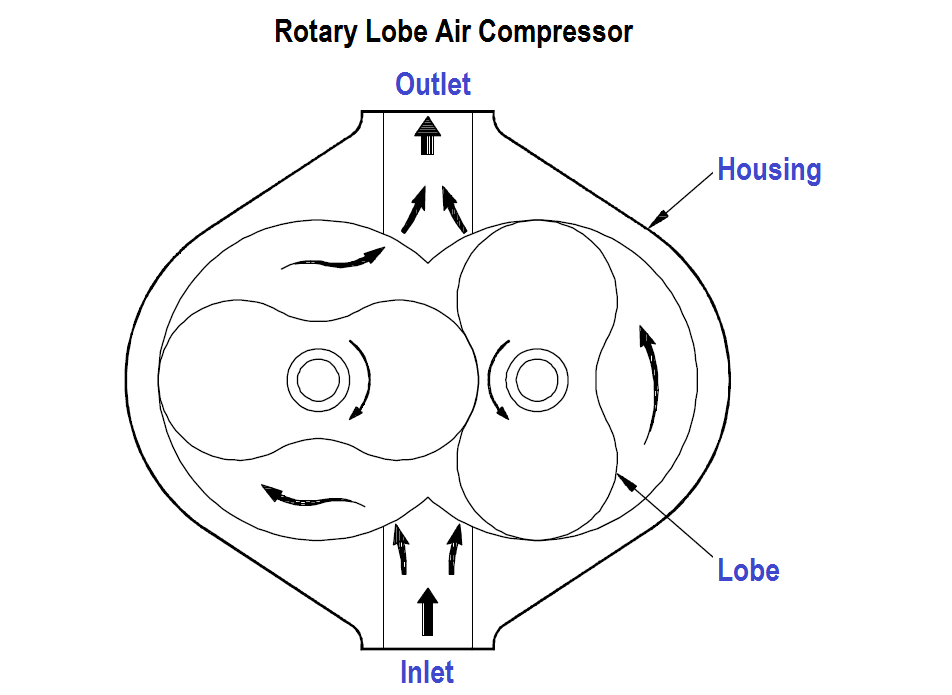
Figure 4 Rotary Lobe Air Compressor
The rotary liquid seal ring-type, illustrated in Figure 5, features a forward inclined, open impeller, in an oblong cavity filled with liquid. As the impeller rotates, the centrifugal force causes the seal liquid to collect at the outer edge of the oblong cavity. Due to the oblong configuration of the compressor case, large longitudinal cells are created and reduced to smaller ones.
The suction port is positioned where the longitudinal cells are the largest, and for the discharge port, where they are smallest, thus causing the vapor within the cell to compress as the rotor rotates. The rotary liquid seal compressor is frequently used in specialized applications for the compression of extremely corrosive and exothermic gasses and is commonly used in commercial nuclear plants as a means of establishing initial condenser vacuum.
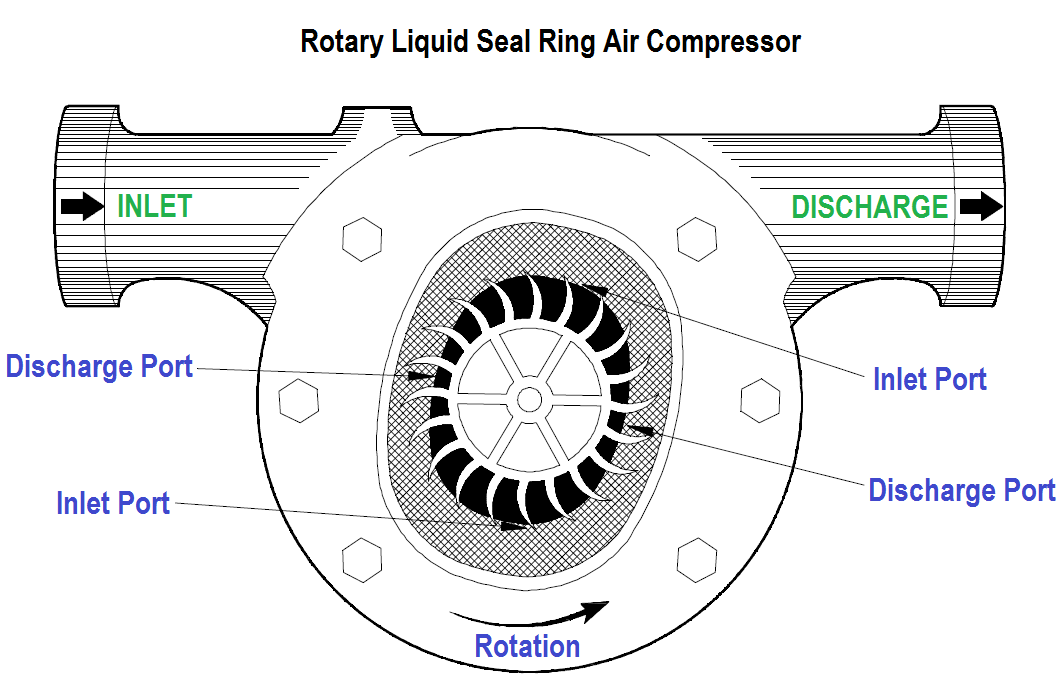
Figure 5 Rotary Liquid Seal Ring Air Compressor
